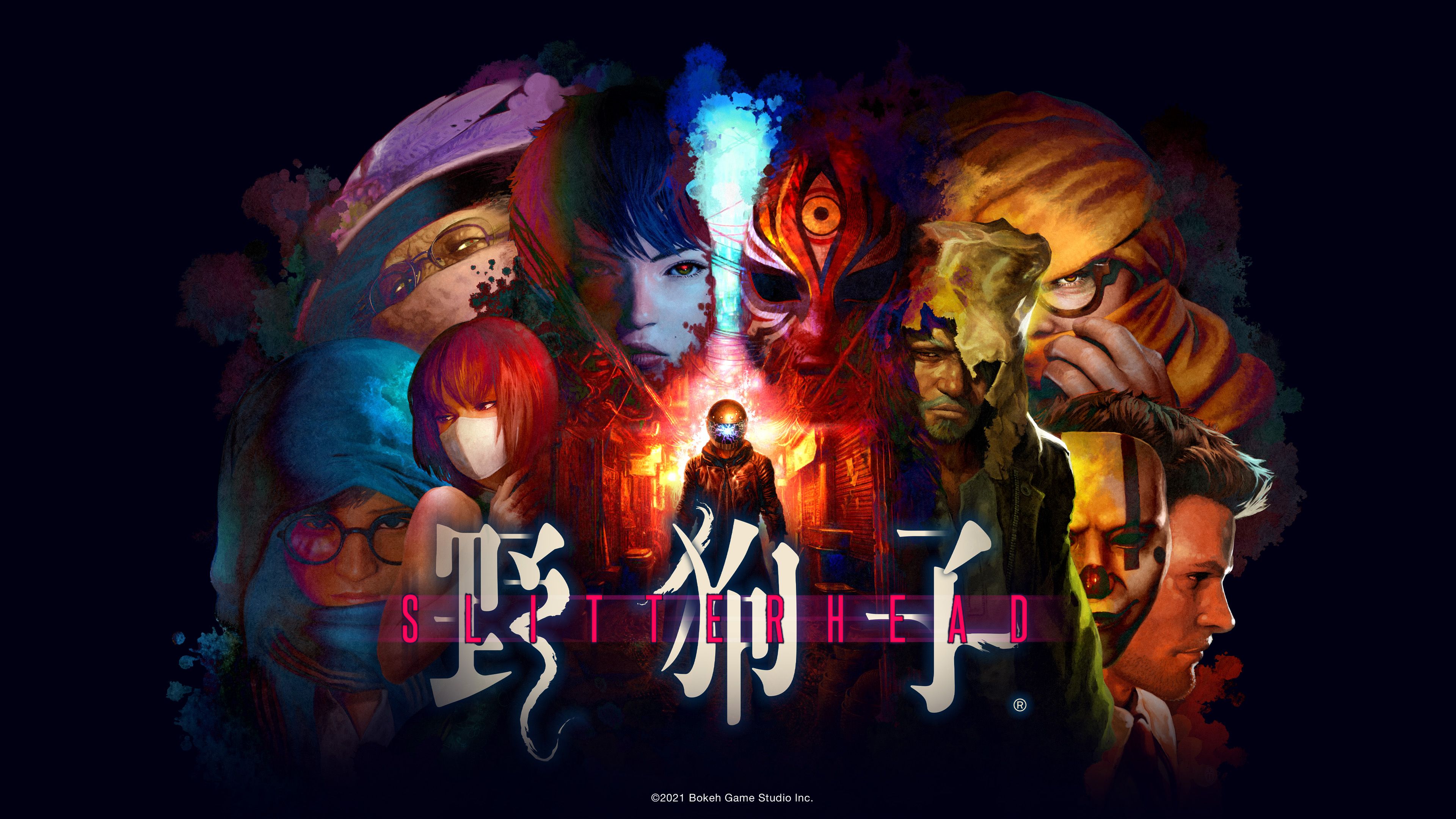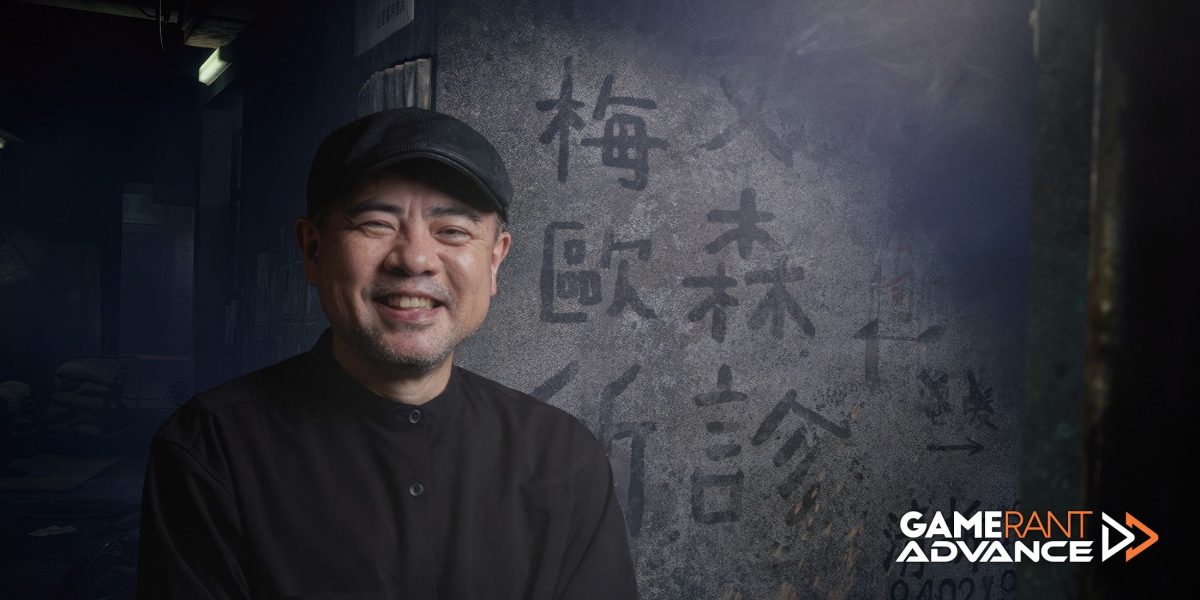
Keiichiro Toyama Discusses The Making of Slitterhead
Silent Hill creator Keiichiro Toyama and his new studio, Bokeh Game Studio, are preparing to release a title perfect for the spooky season: Slitterhead. This action-horror game, which will be Bokeh’s debut title, has players controlling a mysterious inhuman being called a Hyoki as it possesses various NPCs to fight against the dangerous Slitterheads. Slitterhead is a brand-new IP, but draws inspiration from Toyama’s previous works, including Gravity Rush and particularly Siren, as well as manga and film. It blends fast-paced action gameplay with a subtly horrific story about the nature of identity.
Toyama spoke to Game Rant about the development of Slitterhead, discussing how the idea came about, its differences and similarities to Silent Hill and his other previous projects, and the underlying themes of the game. The director talked about how his personal moments of fear influenced the development of the action-horror title, and how he drew from things he had learned making Gravity Rush and Siren to create a brand-new title using an engine that was new to him. This transcript has been edited for clarity and brevity.
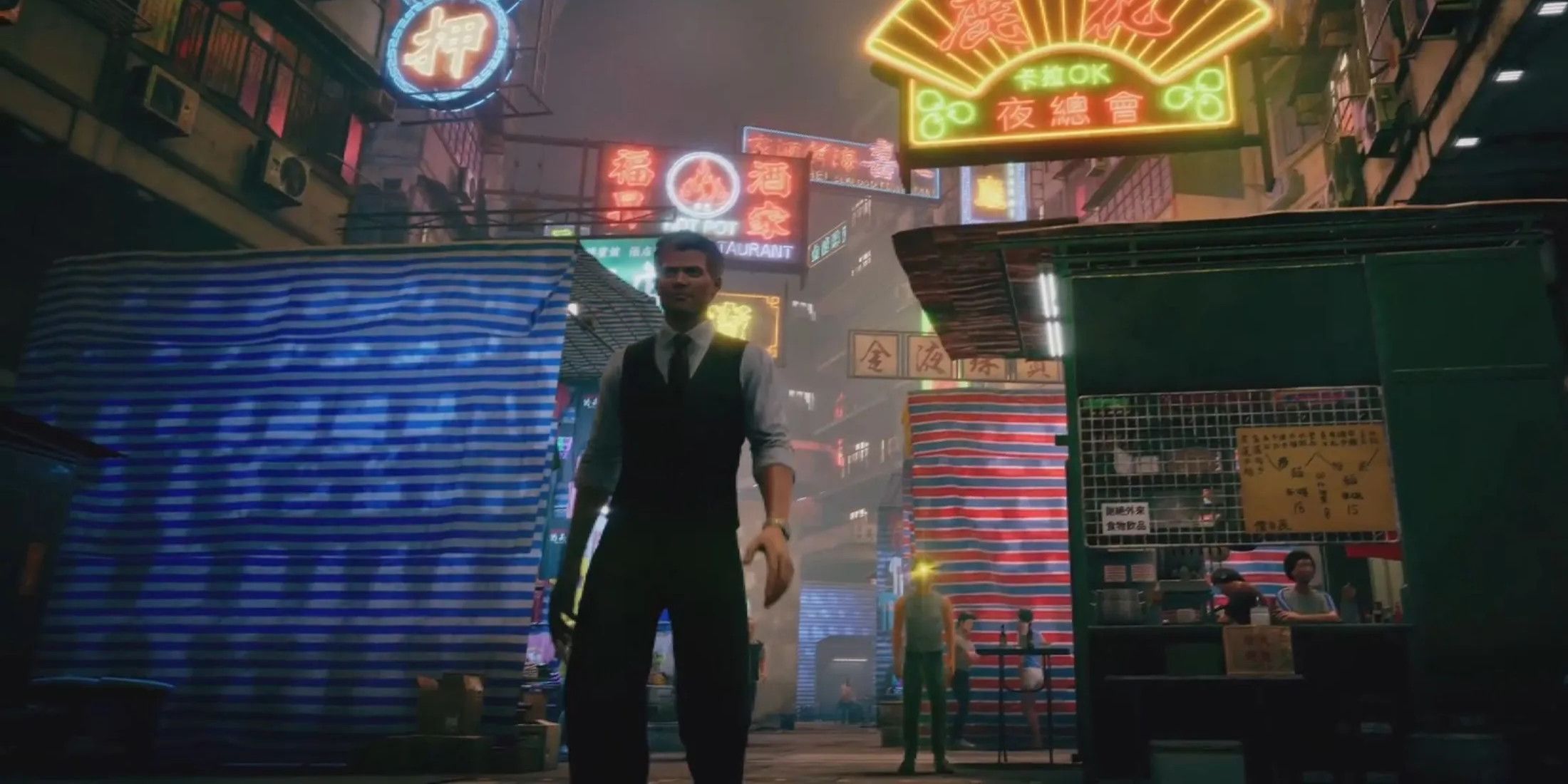
Related
Slitterhead Can’t Make the Same Mistakes as Ghostwire: Tokyo
Upcoming horror game Slitterhead is looking very promising, but it should avoid one pitfall that a similar game, Ghostwire Tokyo, fell victim to.
The Birth of Slitterhead
While Keiichiro Toyama has many games under his belt, the one that influenced Slitterhead most directly was the 2003 survival horror/stealth title Siren. Siren utilized a mechanic called “sight jacking” that allows players to look through the eyes and hear through the ears of nearby NPCs. Slitterhead expands on this by letting the Hyoki fully possess the bodies of NPCs throughout the game.
Q: Can you talk a little bit about your original idea for the game? What was the original spark for what became Slitterhead?
A: The main idea was to reconstruct the core concept of my past project Siren, and refine it into a modern, battle-action entertainment.
Q: What do you think is the biggest change from its earliest concepts until now?
A: The core concept centered around possessing different bodies in combat hasn’t actually changed from what I had envisioned initially. I would say that at first we envisioned a more open map structure, whereas we settled on dividing the areas in a mission-based structure. I believe that decision made it easier to control the pacing of the game’s progression.
Q: Do you have any fun stories from playtesting it during development you could share?
A: Each of our level designers had a certain degree of creative freedom with structuring the missions – there were times when more than one person ended up having a favorite civilian character placed in the mission, leading to moments of “It’s this character again!?”.
Q: What was the biggest challenge you encountered during development?
A: So, while NPCs are usually considered as aspects to adjust when balancing the processing load, in this game we had to give them significant importance in terms of level design. I believe this was quite a challenge when having to release the game on so many platforms.
Creating a Time and Place for Slitterhead
Slitterhead takes place in the fictional city of Kowlong, inspired by real-life Asian cities including Hong Kong and Kowloon. Toyama wanted the game to have a “cyberpunk” feel and was heavily influenced by the works of filmmaker Wong Kar-Wai when designing the world of Kowlong. The titular Slitterheads were designed to be unique, standing out from the traditional zombies via their use of possession.
Q: I know you wanted to make a game set in an Asian city, but what was the driving factor in choosing this mixture of Kowloon and Hong Kong in Kowlong specifically?
A: I see those kinds of settings as a pioneer of the imagery of cyberpunk, which I have always admired through all kinds of works; I believe the same for many people around the world.
Q: Can you talk about how Hong Kong and Wong Kar-Wai influenced your creation of Kowlong?
A: I was deeply impressed by the vivid color sense, the noisy textures, and the coexistence of tradition and modernity.
Q: Similarly, what made you choose the 90s over different possible time periods?
A: As Asian cities undergo significant transformations, I was drawn to the sense of era that emerges when the old and the new blend together.
Q: Can you talk a little bit about the concept and creation of your Slitterheads? How did they go from being Yegouzi-inspired ideas to actual entities in the game?
A: As I believed enemies that devour flesh such as zombies have been replicated quite a few times, I sought new ideas and arrived at monsters that consume the brain. I thought that if they consumed brains, they might also be able to steal memories and traits, which led me to develop them into creatures that can disguise themselves as humans.
Q: Similarly, what inspired the Hyoki, and how was that inspiration manifested in the game?
A: This was branched from the “Sight-jacking” mechanism, which was an integral aspect of Siren.
Q: Was the protagonist always a Hyoki or was there ever a time when they were more human?
A: The concept of a being without form and memory has been consistent from the very beginning. After several revisions and reflections, we arrived at its current background setting.
Q: Could you discuss the relationship between Hyoki and Slitterheads? How are they thematically similar but different?
A: They’re definitely similar in the aspect of possessing others’ bodies. However, since this relates closely to the story’s development, I hope players will discover it for themselves during the gameplay.
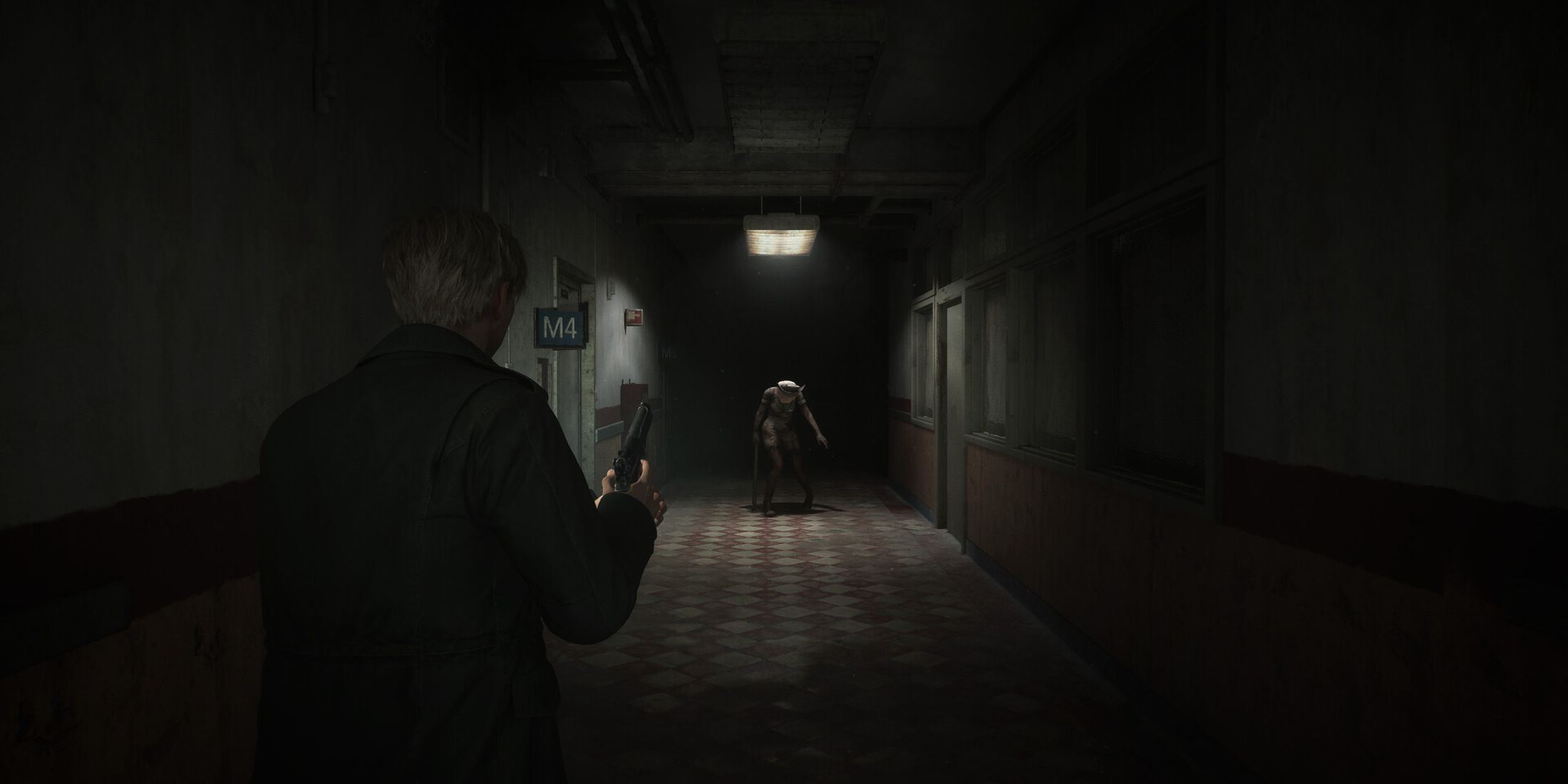
Related
Silent Hill 2 Remake and Slitterhead Are Set Up for a Spooky Season Showdown
As two anticipated horror titles, Silent Hill 2 Remake and Slitterhead could end up in a close race to stand out within the genre this year.
Slitterhead And Toyama’s Previous Projects Draw From His Personal Fears
Toyama admitted that his own projects rarely frighten him, as he has a hard time viewing them from a third-person perspective due to his deep connection to the material. However, as he previously did with Silent Hill, Toyama drew from his own fears to make Slitterhead a game that will frighten its players via a constant building, creeping sense of anxiety.
Q: Can you talk a little about how past experiences on Silent Hill, Gravity Rush, and Siren influenced Slitterhead?
A: As mentioned, Siren is closely related to the core concept of this project. From Gravity Rush, we’ve drawn on level design that utilizes verticality, as well as the experience of having numerous interactive NPCs.
Q: When you’re making a horror game, do you often get scared by your own creation or not so much? Do you think it’s more/less effective to be scared of something you are yourself creating?
A: I find it difficult to approach my own creations from a third-person perspective. However, my stance is to extract and reconstruct the essence from personal memories of fear I experienced in my life. So, when I sense a similar feeling, I take it as an indication that things are going well.
Q: What would you say is the central theme of Slitterhead’s story?
A: It explores themes of establishing one’s identity and the influences from others throughout that process, as well as the resulting fluctuations and uncertainties.
Q: With Slitterhead nearing release, what comes to mind when you now reflect on how far it has come in development?
A: Given the completely different environment and the challenges posed by an unfamiliar engine and platforms, I had a lot of anxiety. So, I’m just relieved to have made it through!
Q: Many fans know you, Mr. Toyama, as the creator of the Silent Hill series. What would you tell players interested in Slitterhead because of that reputation to expect?
A: From the very first Silent Hill, we have maintained a commitment to freshness and originality, even if it means being a bit rough around the edges. That attitude has remained consistent throughout my works and in Slitterhead.
[END]
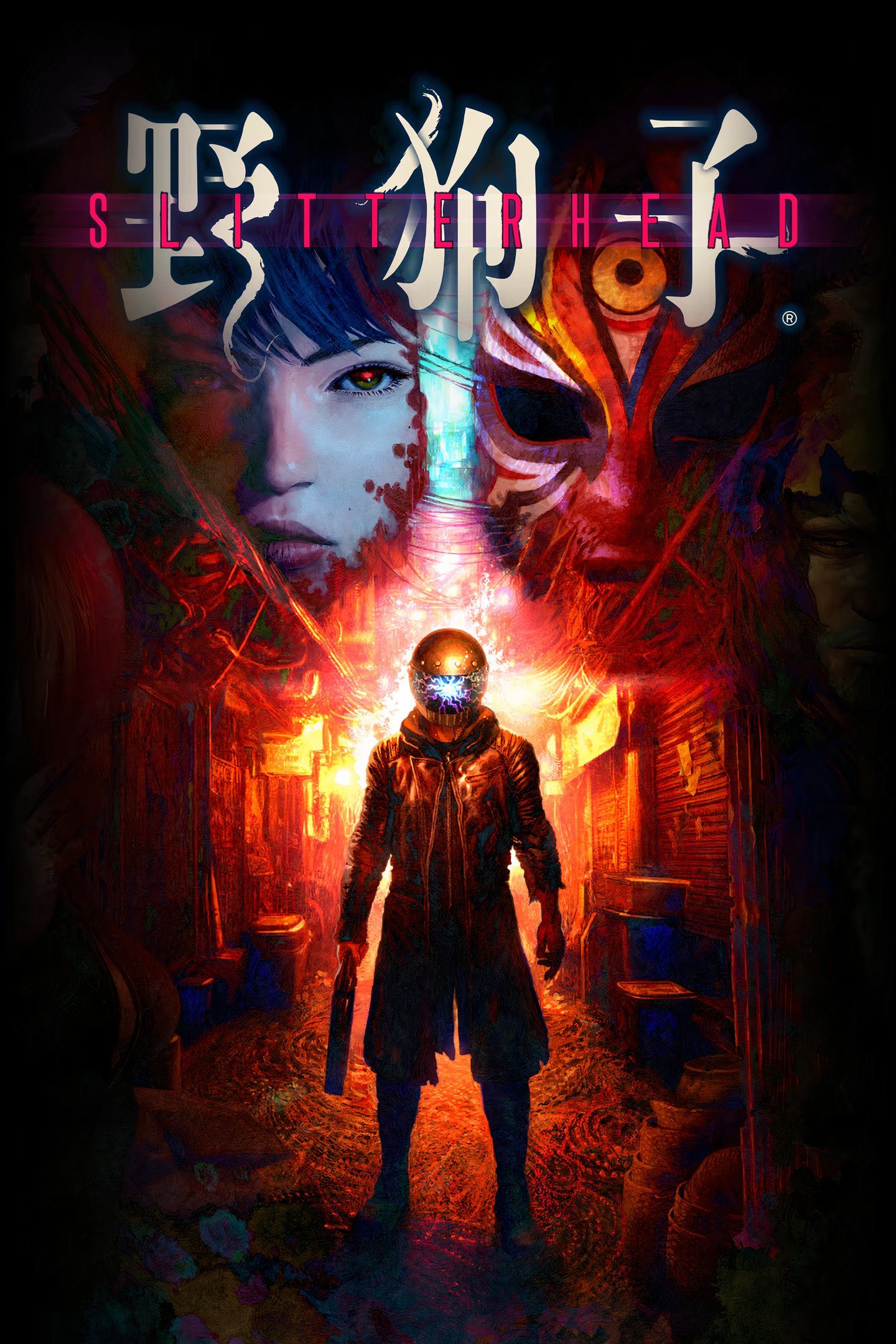
- Released
- November 8, 2024
- Developer(s)
- Bokeh Game Studio
- Publisher(s)
- Bokeh Game Studio
- ESRB
- m


